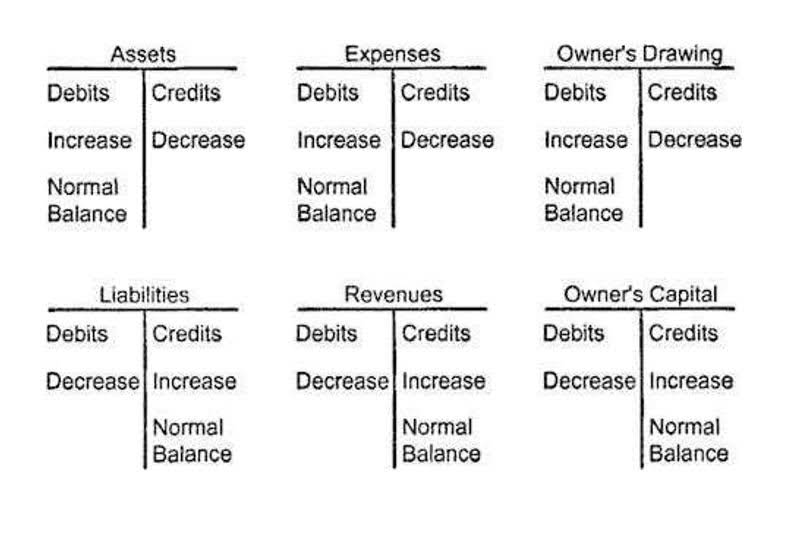The challenge is that the concept can interfere with the balance sheet. When dealing with fixed assets appreciation, the main problem comes when the value by the time of purchase differs from the current time. It becomes practical when dealing with depreciation and its effects on the business.

Would you prefer to work with a financial professional remotely or in-person?
The cost to construct the building was $300,000, but by 2020, the fair market value of the building had increased to $1.1 million. However, on Jim’s balance sheet, the cost of the building remains at $300,000. The first cost principle accounting example is the Google acquisition of YouTube. In 2006, Google bought YouTube for $1.65 billion as one of the most significant tech acquisitions. As per Cost Principle in the book of Google, the value of YouTube will be shown as $1.65 billion. While the cost principle seems advantageous, it may not be every business’s best method.

What Are Some Critiques of Accounting Principles?
When using the cost principle accounting method, none of them are taken into account. Brand identity and intellectual property are two examples of this. These are both built up over time, meaning that they start out with a value of zero. These assets cannot be represented using the cost principle because of this. If your business’s assets are always recorded at the same cost, then verifying costs is much easier.
What are the other principles of GAAP?
- Especially for appreciating assets that were purchased years ago like real estate.
- In Feb 2015, Infosys bought two companies, 'Panaya’ and ‘Skava,' for USD 340 million.
- In the United States, generally accepted accounting principles (GAAP) are regulated by the Financial Accounting Standards Board (FASB).
- However, it does not account for changes in market conditions, which can lead to significant discrepancies between the book value of an asset and its current market value.
- No matter what the reason is, the cost principle states that on the balance sheet, the asset maintains its original value.
Further suppose that the price of the land increases (e.g., twice the original cost in two years). Cost accounting is helpful because it can identify where a company is spending its money, how much it earns, and where money is being lost. Cost accounting aims to report, analyze, and improve internal cost controls and efficiency. Even though companies cannot use cost-accounting figures in their financial statements (or for tax purposes), they are important for internal controls. The break-even point—which is the production level where total revenue for a product equals total expense—is determined by calculating the total fixed costs of a company and dividing that by its contribution margin.

Because copyright is an intangible asset, the copyright cost should be amortized, rather than depreciated. Even if you’re an accounting newbie, you know the importance of assets. Because they are so important to your business, it’s essential to record and report their value accurately and consistently, a relatively easy process if you’re using accounting software. Cost Principle states that an asset should always be recorded at the original buying price or cost and not the perceived value.
Policies: Business and Others
There is an exception for intangible assets purchased from another business. Issues can also arise when selling an asset, since it would likely be sold at fair market value, not historical cost. https://www.bookstime.com/ Scott’s music production company purchases the copyright to a song from an up-and-coming artist. Scott should record the newly purchased asset at the cost he paid to purchase the copyright.
What is an Asset?
Management can analyze information based on criteria that it specifically values; that information can then be used to guide how prices are set, resources are distributed, capital is raised, and risks are assumed. There are some exceptions to the cost principle, mainly regarding liquid assets such as debt or equity investments. Investments that will be converted to cash in the near future are shown on your balance sheet at their market value, rather than their historical cost. Because asset values change constantly, using the cost principle can lack accuracy. When you don’t take those fluctuations into account, a business’s financial position is difficult to assess. A business using the cost principle may have far less worth thanks to depreciated machinery.


In 2024, the fair market value of that equipment has increased to $130,000, due to higher prices for goods that the manufacturer is making and supply chain issues in getting that particular piece of equipment. Under the cost principle, the asset remains on the company’s books with a value of $85,000 ($100,000 minus $15,000 in depreciation) and is not adjusted to reflect the current market conditions. Cost principle accounting emphasizes on having a record that is equal to the amount paid.
